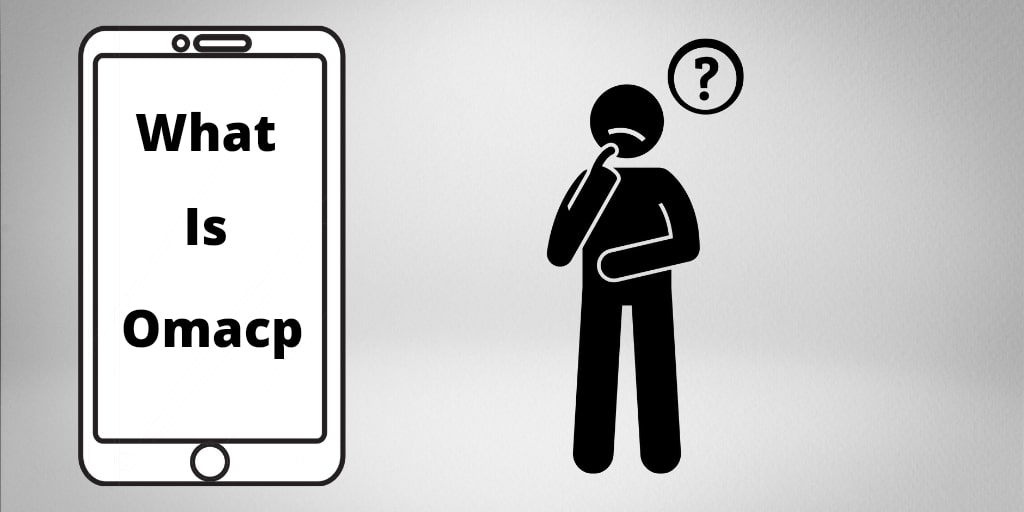Tech
Demystifying DTF Printers Working: Everything You Need to Know

DTF (Direct-to-Film) printers are a popular choice for textile and garment printing businesses due to their efficiency, cost-effectiveness, and ability to produce high-quality prints on various fabrics. In this article, we’ll take a closer look at how DTF printers work and the technology behind them.
What is the best DTF printer?
If you’ve a question in mind that what is the best dtf printer? Then you’re at the right place. The best printer for DTF printing can vary depending on various factors, including the specific requirements and budget of the user. Some popular printer models used for DTF printing include Epson SureColor P800, Epson SureColor P600, and Epson Stylus Pro 4900.
DTF printing involves the use of a specialized printer that directly prints on a special film that can then be transferred onto the fabric using a heat press. The process can be broken down into four key steps: preparing the design, printing the film, transferring the film onto the fabric, and curing the print.
Step 1: Preparing the Design
The first step in the DTF printing process is to prepare the design. This involves creating or selecting the design that will be printed onto the fabric. The design can be created using graphic design software such as Adobe Photoshop or Illustrator or can be obtained from an online design marketplace.
Once the design is ready, it is printed onto a special film using a DTF printer. The film used in DTF printing is a unique type of heat transfer paper that has been coated with a special adhesive and ink-receptive layer that allows for high-quality prints.
Step 2: Printing the Film
The second step in the DTF printing process is to print the film. DTF printers are specially designed to print onto the DTF film using a combination of CMYK ink and white ink. The white ink is used as an underbase to ensure that the colors are vibrant and accurate, especially on darker fabrics.
DTF printers use a piezoelectric printhead technology that allows for precise droplet placement and control, resulting in high-quality prints with sharp details and vivid colors. The ink is delivered to the printhead through a system of tubes and channels, and the droplets are fired onto the film at high speeds.
Step 3: Transferring the Film onto the Fabric
Once the film is printed, it is ready to be transferred onto the fabric. The film is placed onto the fabric with the printed side facing down, and a heat press is used to apply heat and pressure to the film, causing it to adhere to the fabric.
The heat press is set to a specific temperature and time, depending on the type of fabric and ink used. The pressure applied by the heat press ensures that the film is firmly attached to the fabric, resulting in a high-quality print that is durable and long-lasting.
Step 4: Curing the Print
The final step in the DTF printing process is to cure the print. Curing refers to the process of using heat and pressure to set the ink onto the fabric, ensuring that it is resistant to fading, cracking, and peeling.
The curing process can be done using a heat press or a conveyor dryer, depending on the volume of prints and the type of ink used. The temperature and time required for curing depend on the ink and fabric used and can range from a few seconds to several minutes.
Once the print is cured, it is ready to be shipped or used for further processing, such as cutting and sewing.
Advantages of DTF Printing
DTF printing offers several advantages over traditional screen printing, including:
Cost-Effectiveness: DTF printing is a cost-effective solution for businesses that want to offer high-quality prints without investing in expensive equipment or skilled labor.
High-Quality Prints: DTF printing allows for more vibrant and detailed designs than traditional screen printing, making it a popular choice for businesses that want to create high-quality prints for their customers.
Fast Turnaround Time: DTF printing offers a faster turnaround time than traditional screen printing, allowing businesses to fulfill orders more quickly.
Versatility: DTF printing can be used on a wide range of fabrics, including cotton, polyester, and even leather
-
Blog1 year ago
MyCSULB: Login to CSULB Student and Employee Portal – MyCSULB 2023
-
Android App3 years ago
Cqatest App What is It
-
Android1 year ago
What Is content://com.android.browser.home/ All About in 2023? Set Up content com android browser home
-
Software2 years ago
A Guide For Better Cybersecurity & Data Protection For Your Devices
-
Latest News2 years ago
Soap2day Similar Sites And Alternatives To Watch Free Movies
-
Android2 years ago
What is OMACP And How To Remove It? Easy Guide OMACP 2022
-
Android3 years ago
What is org.codeaurora.snapcam?
-
Business2 years ago
Know Your Business (KYB) Process – Critical Component For Partnerships





















